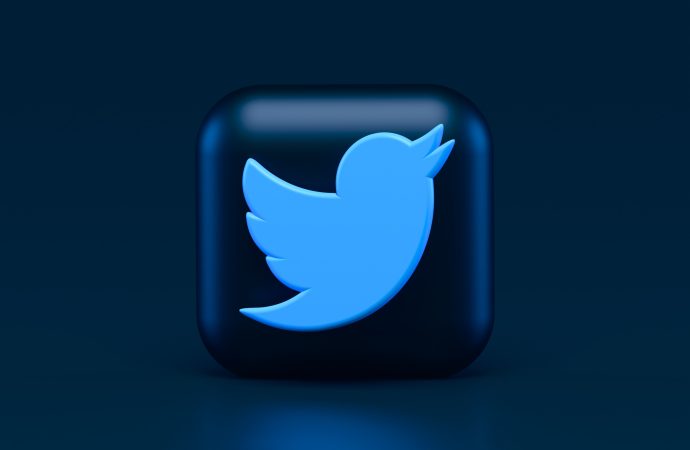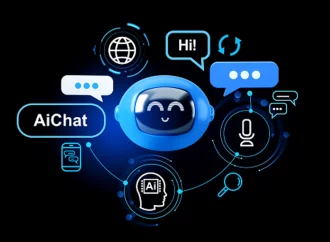It’s hard to imagine Twitter without the blue check mark. That tiny symbol next to a user’s name has become synonymous with influence, status, and authority on the platform. But did you know that it wasn’t always this way? In fact, the blue check mark has gone through quite an evolution since its inception in
It’s hard to imagine Twitter without the blue check mark. That tiny symbol next to a user’s name has become synonymous with influence, status, and authority on the platform. But did you know that it wasn’t always this way? In fact, the blue check mark has gone through quite an evolution since its inception in 2009. Today we’re going to explore how it went from a simple verification badge for public figures to a sought-after status symbol and eventually transformed into a controversial pay-for-play feature. Get ready for the rise and fall of Twitter’s blue check mark!
The Origins of the Blue Check Mark
Twitter’s blue check mark was once a status symbol that identified true believers in the microblogging platform. The blue check mark was first introduced on Aug. 8, 2006, and soon became synonymous with Twitter. But over time, the blue checkmark became less of a status symbol and more of a pay-for-play feature that allowed businesses to gain an advantage over their competitors.
Twitter began using the blue check mark as a way to identify verified accounts in 2007. At first, only a small number of users were verified, but as the company grew more popular and brands began using Twitter for marketing purposes, verification requirements increased. By 2011, nearly 80% of all Twitter users were verified, making it one of the most important features on the platform.
However, as Twitter became more dominated by business interests and large brands became verified account holders, discontent among ordinary users grew. Many people felt that being verified by Twitter gave brands too much control over what content was seen by their followers and made it difficult for non-verified accounts to compete. In 2018, Twitter announced that it would be changing its verification policy so that only official accounts from major media organizations and businesses would be verified. This change makes it easier for smaller businesses to get verified and increases transparency on the platform
Twitter’s Blue Check Mark and the Abuse of Power
Twitter’s Blue Check Mark has been a status symbol for years. Originally, it was given to verified accounts to show that the account is legitimate and not spam. However, over time, the blue check mark became a pay-for-play feature. verified users could buy blue check marks from third party vendors in order to increase their popularity on the platform. This created an environment where the wealthy could purchase influence on Twitter and manipulate public opinion. As a result, Twitter’s blue check mark has become something of a joke and a symbol of corruption.
The Fall of Twitter’s Blue Check Mark
In July 2009, Twitter introduced a blue check mark as a status symbol on its homepage. The blue check mark indicated that a user was verified by Twitter and allowed them to post Tweets with greater accuracy and reliability. However, in November 2014, Twitter discontinued the use of the blue check mark as a status symbol and changed its verification process so that only verified users could post tweets with the @username format. This change caused many users who had acquired the status symbol through paid verification programs to lose their privileges. Consequently, Twitter’s blue check mark has gradually declined in value and is no longer considered a prestigious status symbol.
The Future of the Blue Check Mark
As Twitter has continued to grow, the company has encountered scrutiny over its business practices. One of these is its reliance on the Blue Check Mark, which was once a status symbol but has since become a pay-for-play feature. It’s not just Twitter that’s been affected by this change – other social media platforms have followed suit.
Twitter first introduced the Blue Check Mark in 2006 as a way to identify verified accounts. At the time, it was seen as a sign of prestige and exclusivity. However, this changed in 2013 when Twitter started allowing businesses to purchase verified status. This allowed companies to gain an advantage over their competitors, who were not able to purchase verified status.
This pay-to-play system caused controversy on both sides of the argument. Some argued that it was unfair that only certain businesses were able to afford verified status and that it had become an indicator of prestige rather than quality. Others argued that verifying an account made it more reliable and secure, which gave businesses an edge in the marketplace.
Ultimately, Twitter’s decision to allow verified accounts to be purchasable led to its downfall as a status symbol. People no longer viewed the Blue Check Mark as indicative of high quality or prestige; instead, they saw it as something that could be bought and sold. This changed how people interacted with and viewed Twitter – no longer did they see it as a platform for exchanging ideas and communicating with friends, but as a place where businesses could advertize























Leave a Comment
Your email address will not be published. Required fields are marked with *